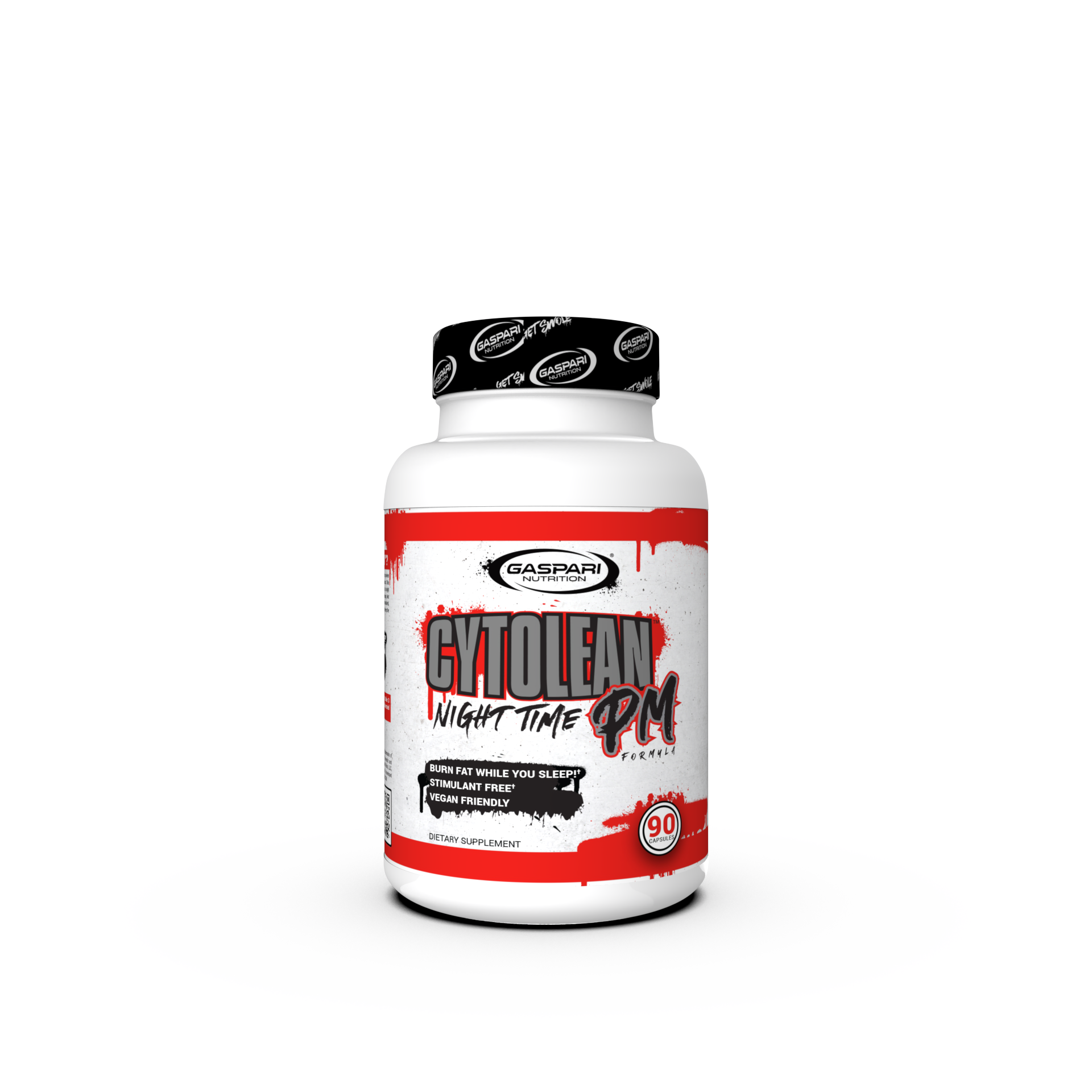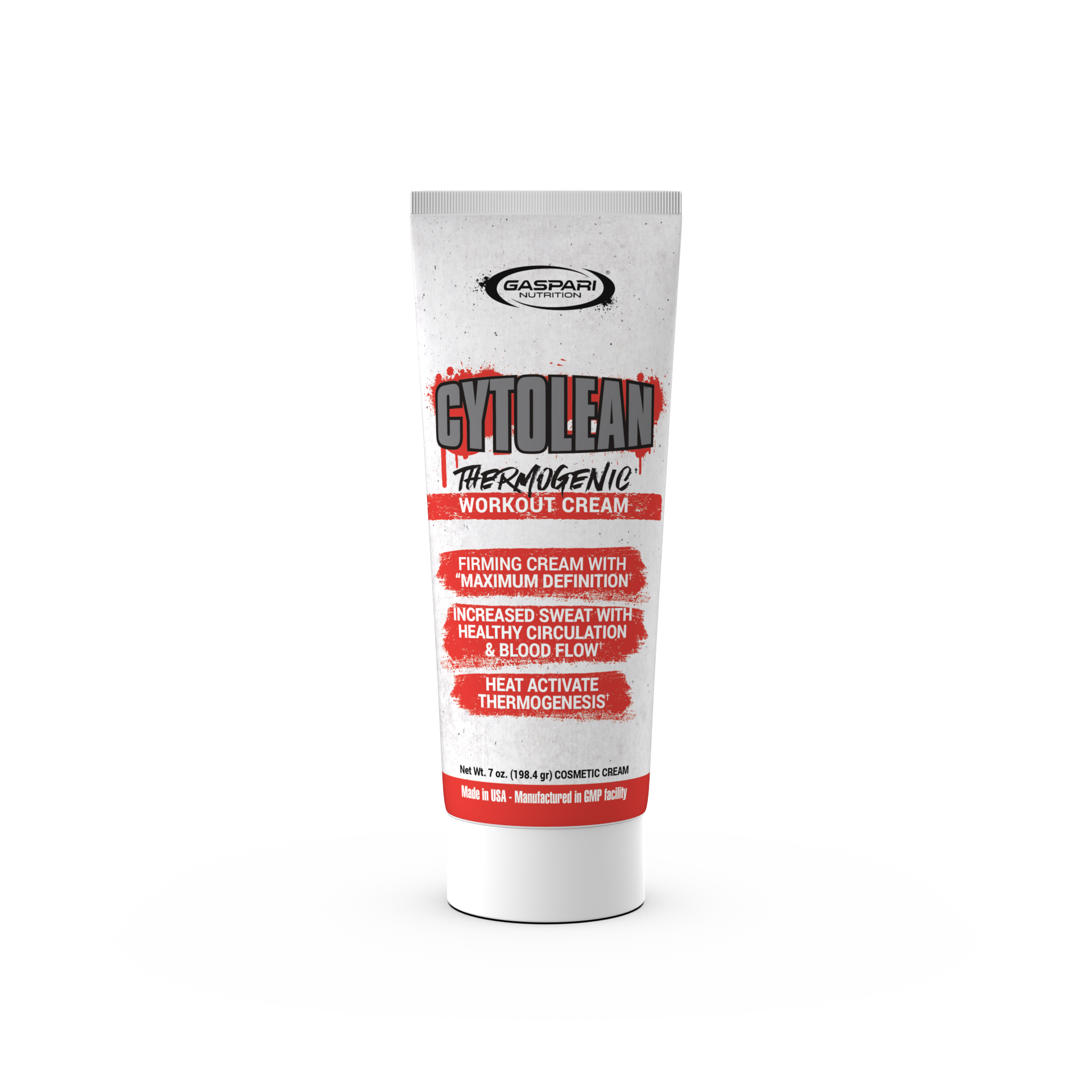Arnold Schwarzenegger always said it best. In his latest autobiography called Arnold: Education of a Bodybuilder, he claimed that the calves play a crucial role in completing the look of your lower body. He also pointed out that most guys have underdeveloped calves and look like they have small legs even if the thighs are extremely large.
In a sense, Arnold was correct. Even though the calves are part of the lower legs, the extra size in this area can create an illusion that the entire leg is bigger and longer.
Well-developed calves can also improve athleticism. You need to have a lot of power within the calves and feet so that you can sprint, jump high, and move explosively fast. Ballet dancers and strongmen are two of many athlete types that testify to that fact.
Whether you’re more interested in aesthetic reasons or athleticism, you may want to include some extra calf training. It could pose to be very beneficial to you.
Calf Training 101
The early days of training your legs likely mean that you’re going to do multiple sets of calf-raises and some heavy squats. You may think that’s enough to get your calves to grow, and this is also the way that most men train their calves. However, it doesn’t work for everyone, and it’s unlikely to work for people that don’t have excessively good genetics.
It’s not easy to force your calves to grow correctly, though it is possible to do.
It just means that you have to know how to build your calf muscles, regardless of the type of legs you have right now. If you have flamingo or chicken legs, you need a foundational understanding of your calves’ anatomy.
The calves have a lot of muscles in them, but two muscles are most important, at least from the aesthetic perspective. These are the soleus and the gastrocnemius.
The soleus primarily consists of your slow-twitch fibers. It is engaged when the leg is bent or straight, so it can engage at any time or stay engaged throughout.
The gastrocnemius primarily consists of both fast- and slow-twitch muscle fibers, similar to most of the muscles in your body. It is primarily engaged when your leg is straightened.
The slow twitch muscles/fibers tend to be used primarily for endurance. For your calves and in context with this, it makes sense as you use them throughout the day to walk around. Fast twitch muscles/fibers are designed to be used primarily for explosive movements, such as sprinting or jumping.
Now that you know the science behind the calf muscles and how they work/grow, it’s time to focus on the right calf workouts to get that huge set of calves you’ve always wanted.
How to Build Your Calf Muscles
The slow-twitch fibers tend to respond best to a higher training frequency and volume. Therefore, you’re going to need to do plenty of reps and very frequently so that your calves will grow.
It can also help to lift a more substantial load. If possible, aim for lifting your full bodyweight regularly for as many reps as possible to give the most stimulation to your calves. You don’t even need weights and machines; just your bodyweight from standing is enough to whip those calves into shape and bulk them up.
Since you don’t have to use heavy weights, you can train daily, which is the frequency that forces your body to adapt more quickly.
It doesn’t matter when you train the calves (such as in the morning or at night). It just matters that you do it as often as possible. Some people prefer to start every workout with calf workouts, though some prefer to do a set of calve exercises between sets of other exercise routines for each workout.
Your Training Plan
Calf raises are one of the best exercises possible, but you can improve on them by using a tidbit of information about the fast- and slow-twitch muscles. You can apply a variety of progressions to that easy calf-raise to keep you busy and growing for a longer time.
The goal here isn’t to rush through your progressions. Instead, you should try to get as much from each stage as possible.
- Calf raises (double leg) from off the floor (using a slightly bended knee)
- Calf raises (double leg) from off the floor (using straight legs)
- Calf raises (single leg) from off the floor (using a slightly bended knee)
- Calf raises (single leg) from off the floor (using a straight leg)
- Calf raises (double leg) using a step (using a slightly bended knee)
- Calf raises (double leg) using a step (using straight legs)
- Calf raises (single leg) using a step (using a slightly bended knee)
- Calf raises (single leg) using a step (using a straight leg)
You should try to start with four sets of 20 reps each. Continue working the above-mentioned cycle until you can perform four sets of 50 repetitions each.
Notes about Form
As with any exercise, your calf workouts have to be on form. If you don’t do the movement correctly, you could hurt yourself significantly, which will take time away from building muscles and may require you to start the process over when you’ve fully healed. A few tips can help you work out effectively and safely:
- Always stand with the feet about shoulder-width apart.
- Perform the exercises barefoot.
- The straight-leg variation is much more difficult than the bent-leg. You should go through both variations to make sure that you stimulate both the soleus and the gastrocnemius muscles.
- You must control your movements; you can’t just bounce around.
- At the end of the movement, make sure you stretch the muscle well and hold that position for at least three seconds.
- Your ultimate goal is to get up fully onto the big toe; when you reach this ability, make sure to flex the calves as hard as possible while holding for three seconds.
The Bottom Line
While genetics do play a significant role in the development of your calves, you never have to give up the dream of having gorgeous, insanely-built calves. With a little science and the right training plan, you may never fear wearing shorts again.
The post How Can I Build Insane Calves? appeared first on Gaspari Nutrition.













































































Share:
How To Keep Cravings From Killing Gains
How To Build Ripped Forearms